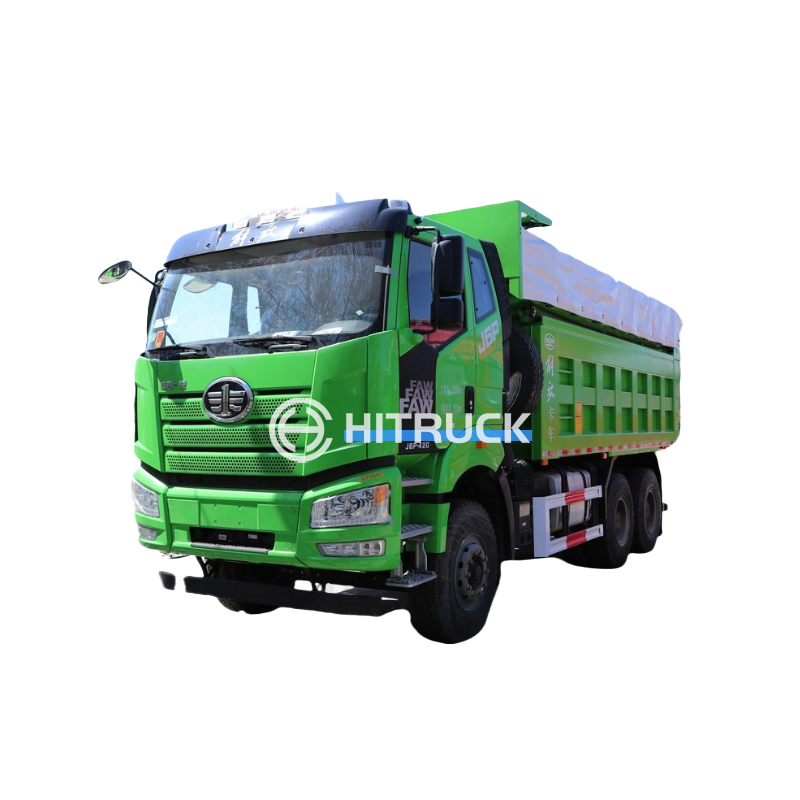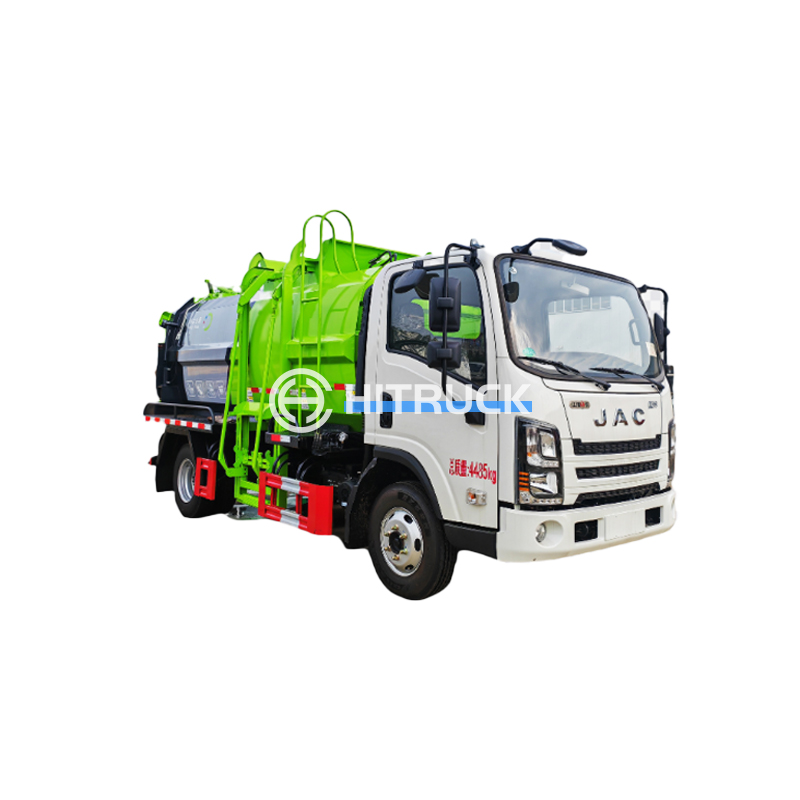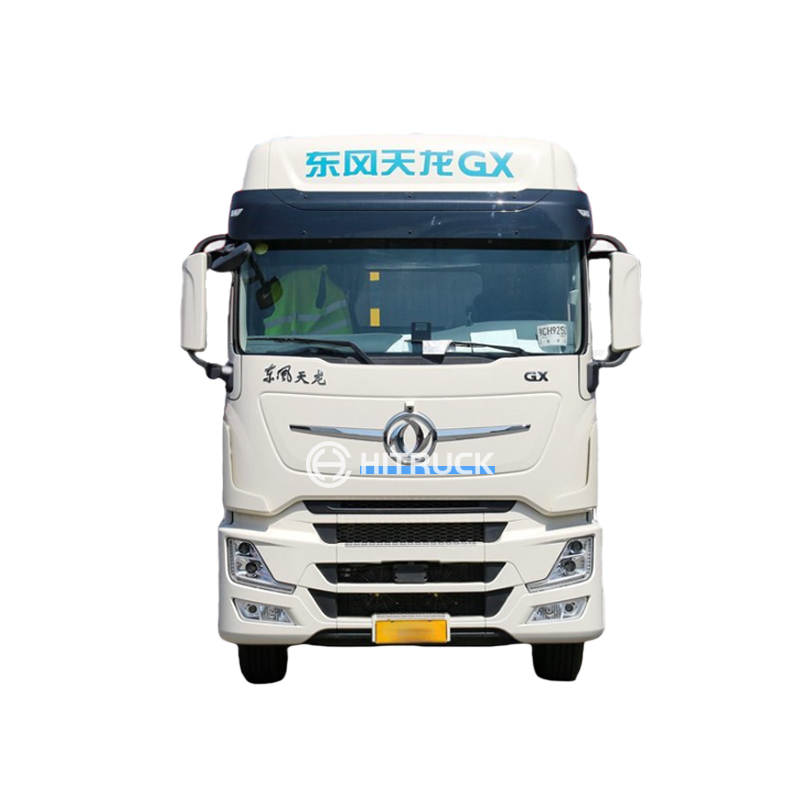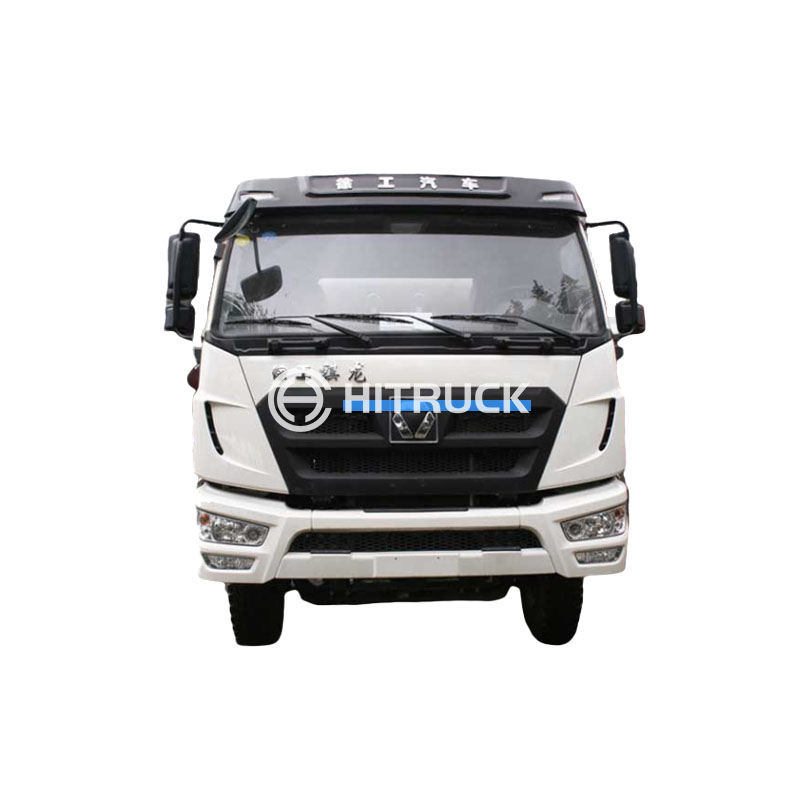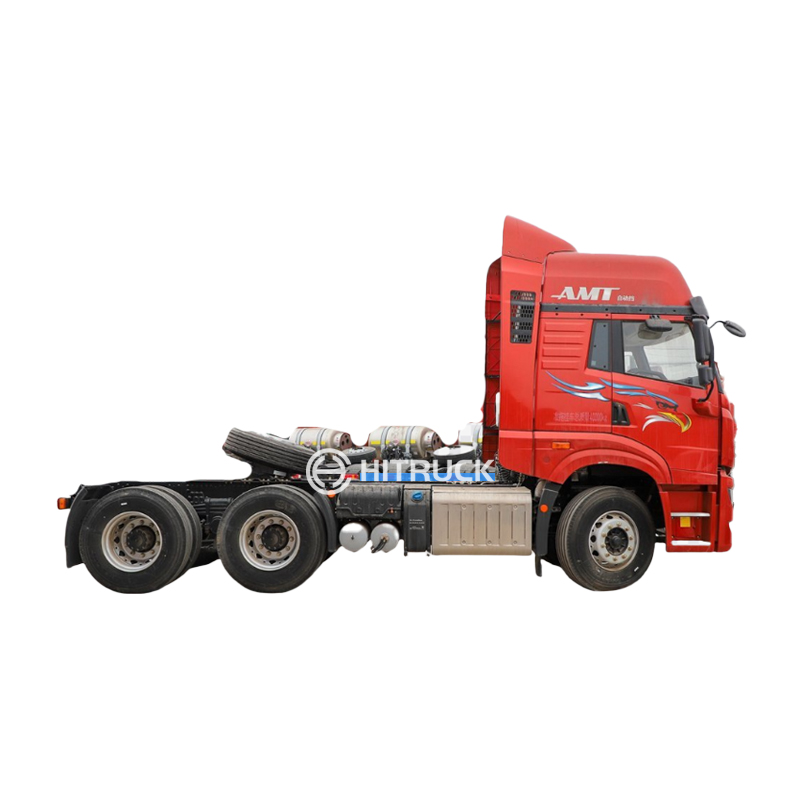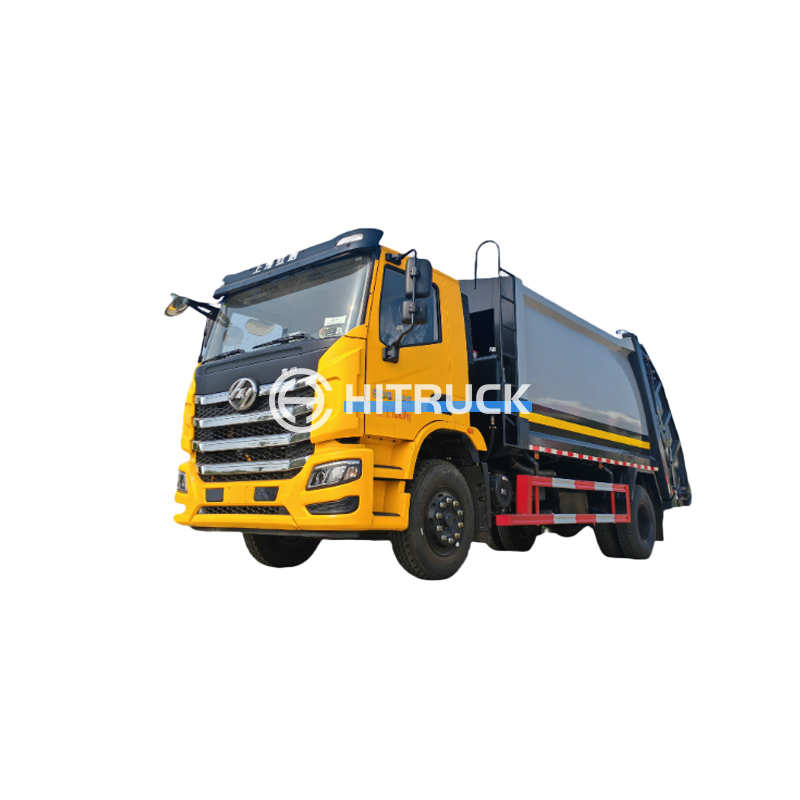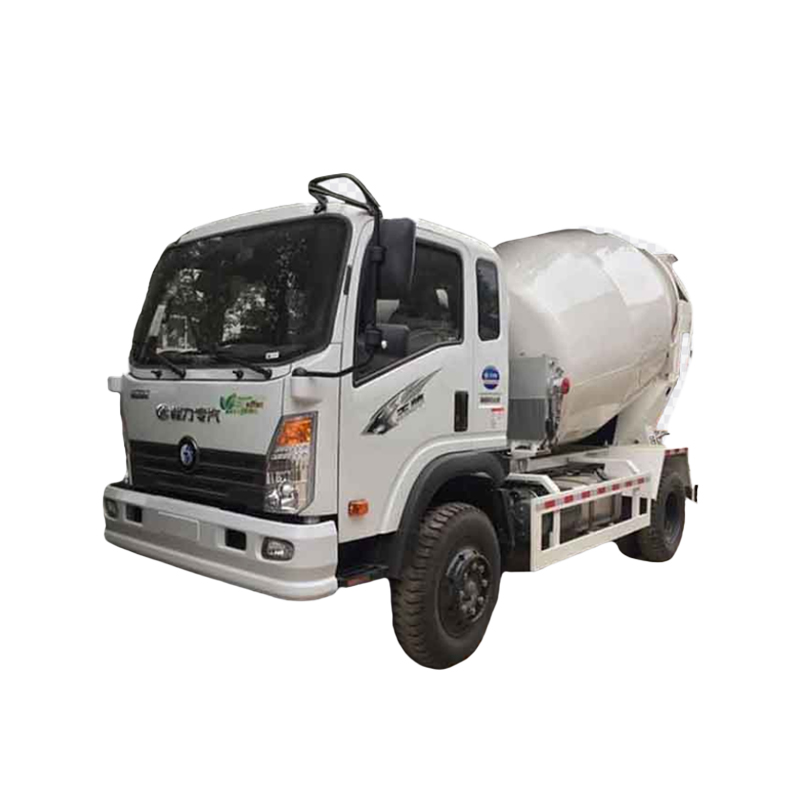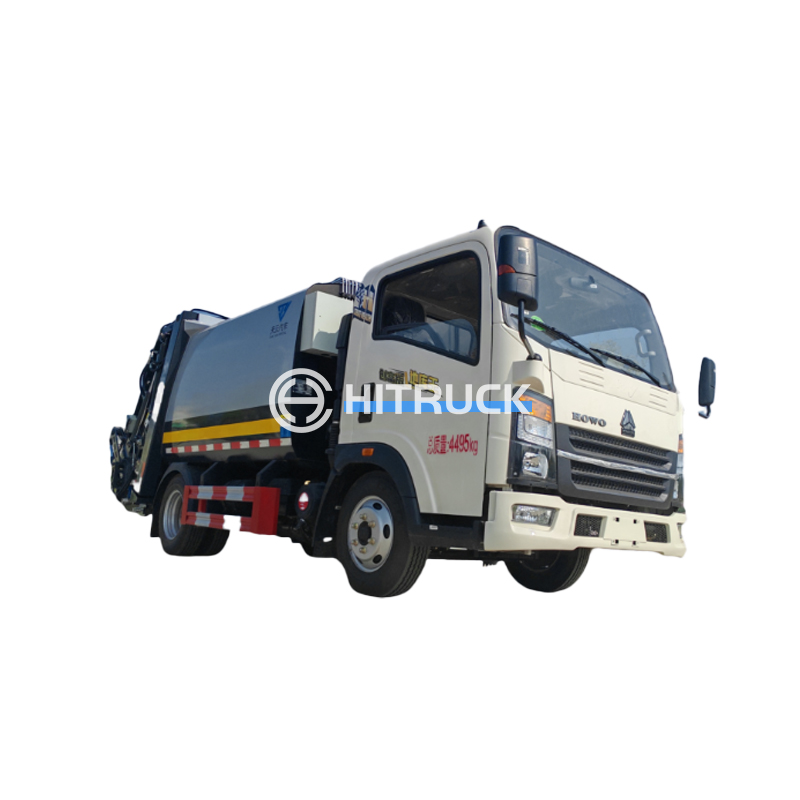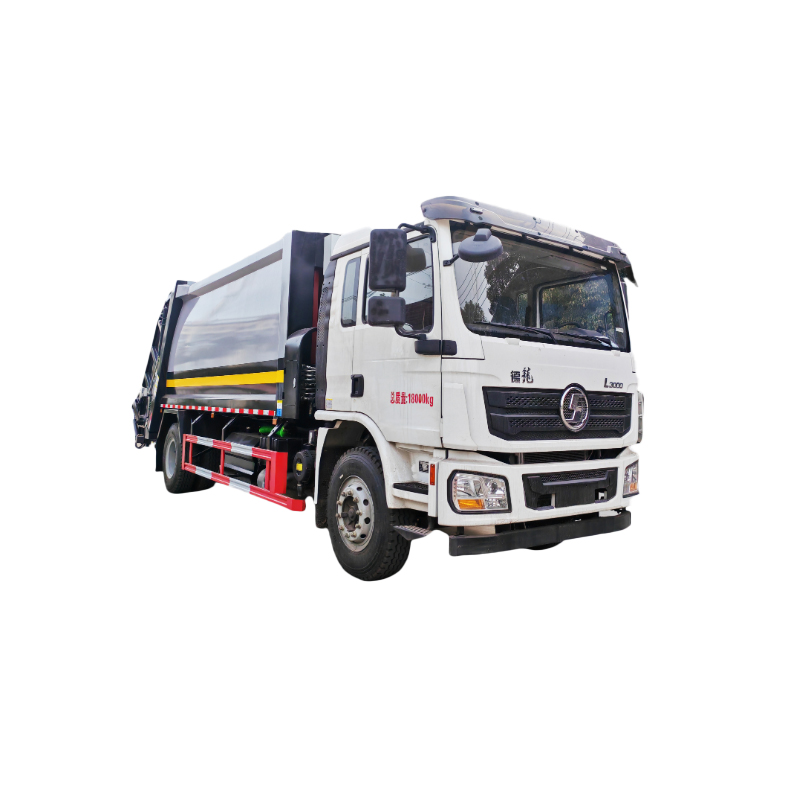This comprehensive guide explores the intricacies of freestanding overhead cranes, covering their types, applications, selection criteria, and safety considerations. Learn how to choose the optimal freestanding overhead crane for your specific needs, maximizing efficiency and minimizing risks. We’ll delve into key specifications, maintenance practices, and industry best practices to ensure safe and productive operation.
Jib cranes are a common type of freestanding overhead crane, offering a simple and cost-effective solution for lifting and moving loads within a limited radius. They are often mounted on a freestanding column and feature a rotating jib arm. Their compact design makes them ideal for workshops, factories, and warehouses with limited space. The load capacity varies widely depending on the model and manufacturer.
Gantry cranes provide a wider coverage area compared to jib cranes. These freestanding overhead cranes consist of two vertical legs supporting a horizontal beam, along which the hoist travels. They are particularly useful for handling heavy loads across larger areas, such as construction sites or outdoor storage yards. Selecting the correct gantry crane depends on factors such as span, lift height, and load capacity. Consider factors like the crane's footprint and its potential impact on site layout.
Beyond jib and gantry cranes, other specialized freestanding overhead crane designs exist to address specific industry needs. These might include cranes with unique configurations for handling particular materials or operating in challenging environments. Always consult with a crane specialist to determine the most appropriate solution for your unique application. For heavier lifting needs, explore options with enhanced safety features and robust construction.
Choosing the right freestanding overhead crane requires careful consideration of several key factors:
Determine the maximum weight your crane needs to lift, including any potential overloads. Always select a crane with a capacity exceeding your anticipated needs to account for unforeseen circumstances. Overloading a crane can lead to catastrophic failure.
The span refers to the horizontal distance covered by the crane's beam. The lift height is the vertical distance the crane can lift a load. Accurately assessing these dimensions is critical to ensuring the crane meets your workspace requirements. Improper sizing can limit operational efficiency.
Freestanding overhead cranes can be powered electrically or manually. Electric cranes provide greater lifting capacity and speed, while manual cranes are simpler and less expensive but require more physical effort. Consider the power availability and operational needs of your facility.
Safety is paramount. Look for cranes with features such as overload protection, emergency stops, and limit switches to prevent accidents. Regular inspections and maintenance are crucial for ensuring the continued safe operation of your crane. Compliance with relevant safety regulations is mandatory.
Regular maintenance is essential for extending the lifespan of your freestanding overhead crane and preventing costly repairs or accidents. This includes regular inspections, lubrication, and component replacement as needed. Ensure your operators are adequately trained and adhere to strict safety protocols.
Choosing a reputable supplier is crucial. Consider factors such as their experience, reputation, and after-sales support. Many suppliers offer customized solutions to meet specific requirements. For heavy-duty lifting solutions and a wide selection of cranes, explore options from reputable suppliers like those found on Suizhou Haicang Automobile sales Co., LTD. This ensures quality and reliable service throughout the crane's lifecycle.
| Feature | Jib Crane | Gantry Crane |
|---|---|---|
| Coverage Area | Limited Radius | Larger Area |
| Mobility | Generally Stationary | Can be Mobile or Stationary |
| Cost | Generally Lower | Generally Higher |
Remember to always prioritize safety and consult with qualified professionals during the selection, installation, and operation of any freestanding overhead crane.

